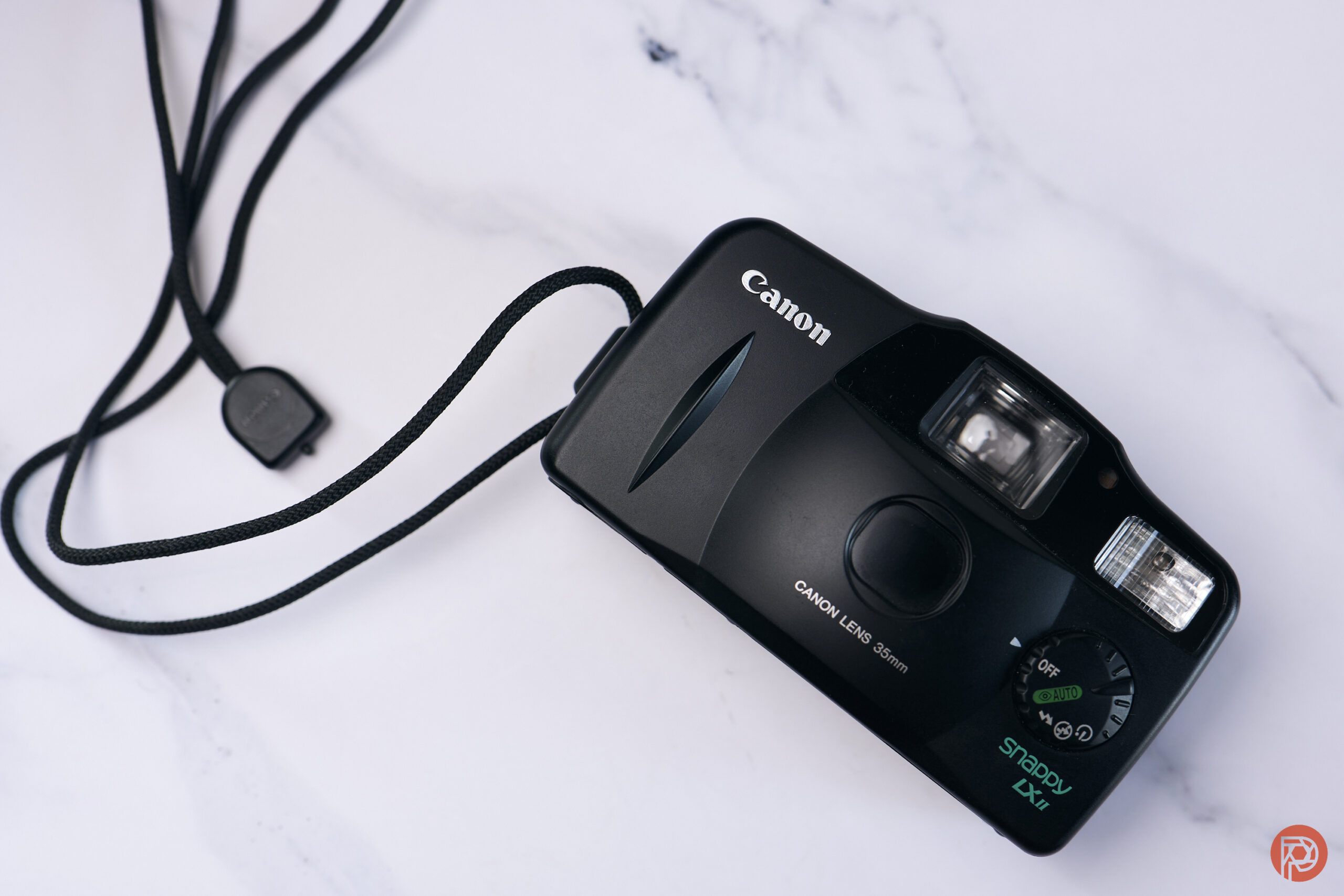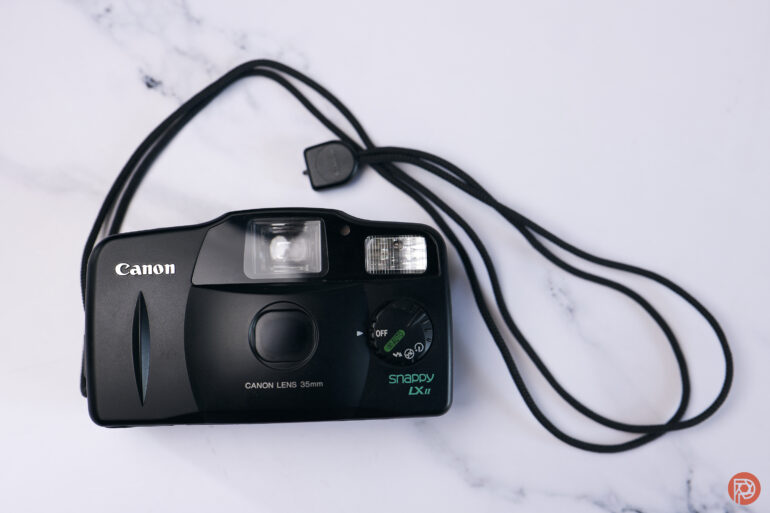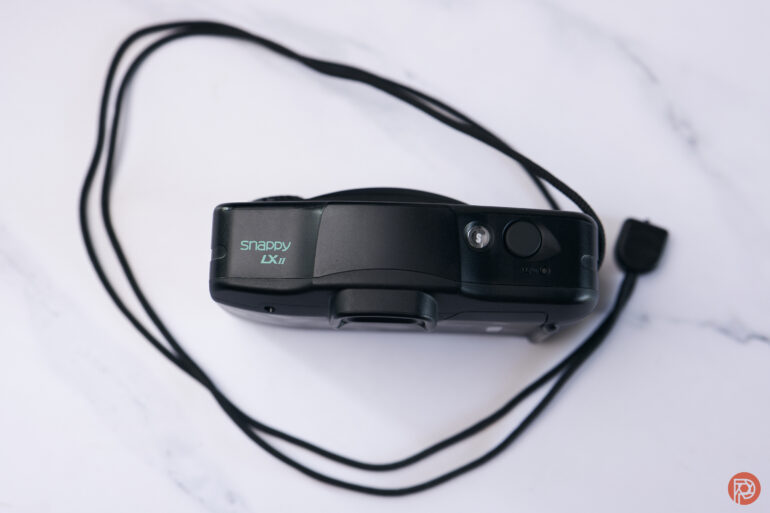Often seen sitting all lonely and battered at garage sales, the Canon Snappy LXII is glanced over with the same indifference one has when browsing lotions at the pharmacy. That’s to say there’s total apathy unless someone is hunting for a good point-and-shoot camera. Even then, the current state of the internet lacks any reviews of substance. What many genuinely aren’t aware of is that it’s bound to deliver all the vintage vibes and glory that the older generations had when using it.
This specific camera landed in my hands when it was passed onto me by a friend. She’s currently responsible for cleaning out her now-deceased father’s house. In his possession were several cameras. This happened to be just one of them. After some restoration work in my office, it was ready to go. And by that, I specifically mean that I had to clean out the corroded battery area. In many cases, when buying vintage cameras, you can sometimes save the entire thing just by doing this.
While many vintage cameras are completely mechanical, some of the best examples we’ve seen in the past combine both mechanical and electronic elements. If a vintage camera features electronics built-in, it will need batteries in order to operate. Ensure that the battery compartment is free of any corrosion. Sometimes dead batteries are accidentally left inside vintage cameras, and the lead acid will leak out overtime. This will lead to the battery terminals becoming corroded. While they can sometimes be cleaned, it’s best to try and find vintage cameras that are corrosion free.
YOU’LL WANT TO READ THIS IF YOU’RE PLANNING ON BUYING A VINTAGE CAMERA
Thank you to Blue Moon Camera for processing and scanning our film.
Table of Contents
The Big Picture
The Canon Snappy LXII isn’t an expensive camera. You can find them really cheap on both eBay and Amazon. And at least for now, that’s part of their charm. Two slices of pizza and a can of coke cost more than this camera — and those don’t last nearly as long. Introduced in 1991, this camera is probably older than some of your friends. If you find one in excellent condition, I recommend running a few rolls of film through it and living your best life.
Approach it with the same lack of seriousness that you would a Fujifilm Natura S, and you’ll be pretty happy.
We’re giving the camera four out of five stars.
Pros
- Stupidly simple to use
- Small
- You can’t at all take it seriously
- Fun!
- A fantastic plastic lens from 1991!
- Huge viewfinder designed for people wearing eyeglasses!
Cons
- It might remind you that you’re taking photography too seriously
- Viewfinder isn’t TTL, but so what?
- Made of plastic, so it’s bound to break eventually
- Needs batteries to work. But they’re also very cheap.
Gear Used
We used the Canon Snappy LXII with Lomography 800 film. It was processed and scanned by the most excellent folks at Blue Moon Camera.
Ergonomics
Here’s a look at the Snappy. As you can tell, it’s very simple and there are pretty much no controls. The only thing of significance is the control dial on the side of the lens. There’s also a giant viewfinder in the center and the flash.
Here’s the top of the camera. The only things here worth discussing are the film counter and the shutter button. Lightly press the button to activate the metering.
Besides that huge viewfinder, the film door is on the back of the camera. You can see what film you’re shooting. And otherwise, there’s not much else.
Build Quality
The Canon Snappy LXII is a plastic camera. And quite honestly, I wouldn’t expect them to last all that long. However, it’s very possible that one is still floating around from 1991. The biggest problems you might deal with have to do with the activation/settings switch and the battery compartment. Chances are that folks have left batteries in there for many years. If that’s the case, then the batteries explode and corrode. You’ll have to clean them out using Q-tips and isopropyl alcohol mixed with white vinegar. Once it’s clean, you’ll have to load in fresh AA batteries. If it works, then you’re good to go!
Focusing
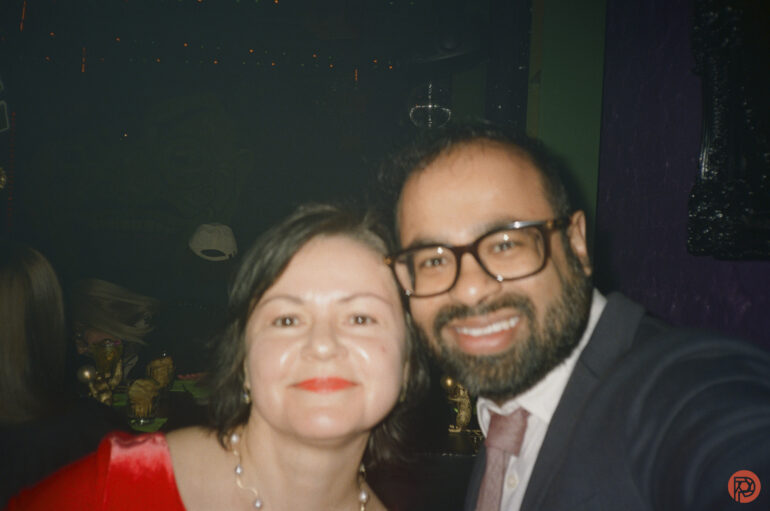
Ha! Oh, focusing. The Canon Snappy LXII is kind of a joke if you’re thinking about focusing in the modern way that we speak about cameras. This is more or less a point-and-shoot affair. Sometimes you’ll be in focus, and at other times, you’ll be slightly out of focus yet still be able to tell that it’s you in the frame.
Ease of Use
The Canon Snappy LXII is as simple as it could possibly be — and that’s a great thing! To activate it, you simply turn the wheel on the front of the camera to the Auto position. This, in turn, removes the protective lens cover. You can keep it as it is, or choose to shoot in one of three modes:
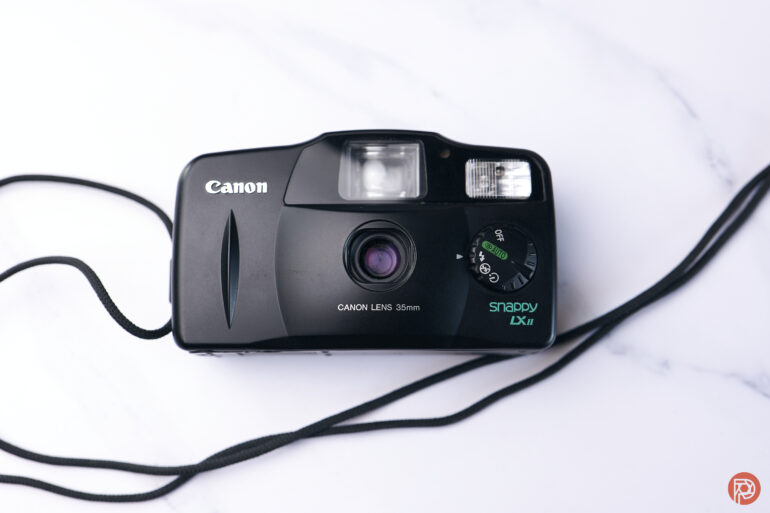
- Forced flash: symbolized by the lightning bolt. This makes sure that the flash is fired every time you take a photo.
- No flash: symbolized by the lightning bolt and the strike-through. It ensures that you will never have the flash fire. It’s perfect when you’re at a party, and no flash photography is allowed. Just be sure to hold super still.
- Timer: symbolized by the circle that looks like it’s 12 o’clock or something like that. This will do timed shots for 10 seconds. It will blink a few times, and then the light will stay steady for one or two seconds before it finally takes the photo. This can be done with or without flash as the camera shoots in auto mode for this.
As it is, I just don’t take this camera very seriously as I’m shooting. This camera was designed for people using eyeglasses, which makes it far more fascinating. At the same time, if you’ve got a bigger nose like I do, you’ll end up turning your face ever so slightly.
Oh yeah! I almost forgot. It automatically rewinds the film for you, so you just have to load it in yourself.
Image Quality
The lens is plastic, and the camera has a fixed focus of a few feet away or so. Obviously, you can’t expect a whole lot out of this; and you also have to consider what film you’re putting in here. But we’re pretty sure that folks will be very pleased with the image quality.
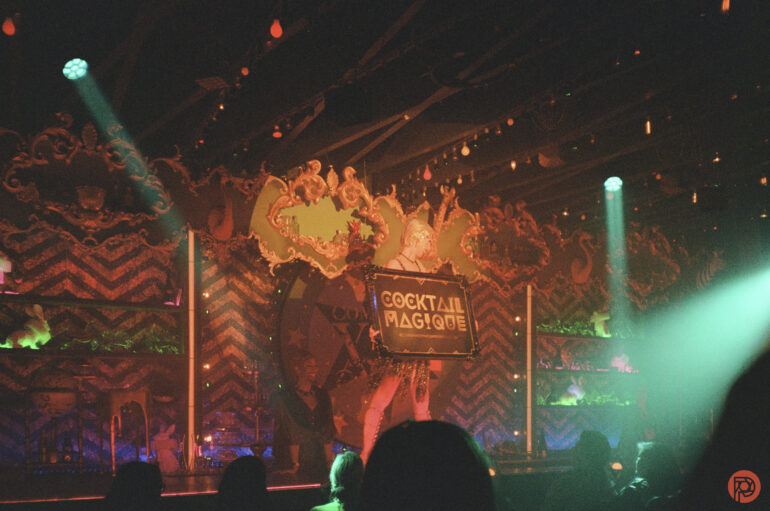
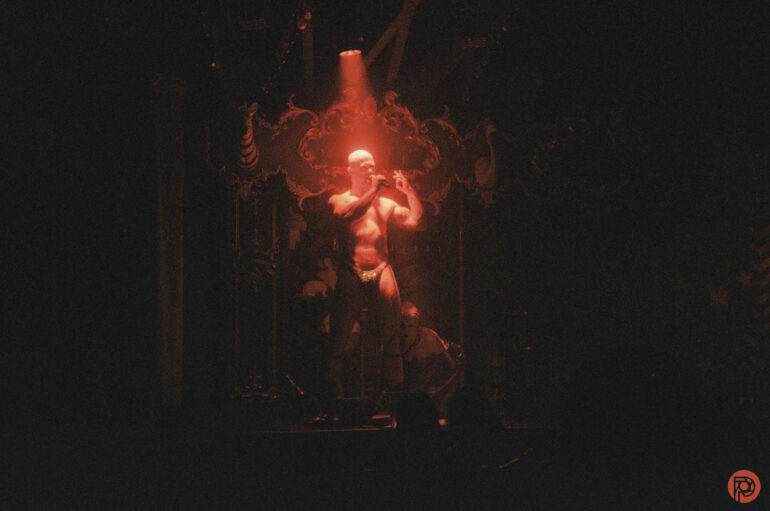
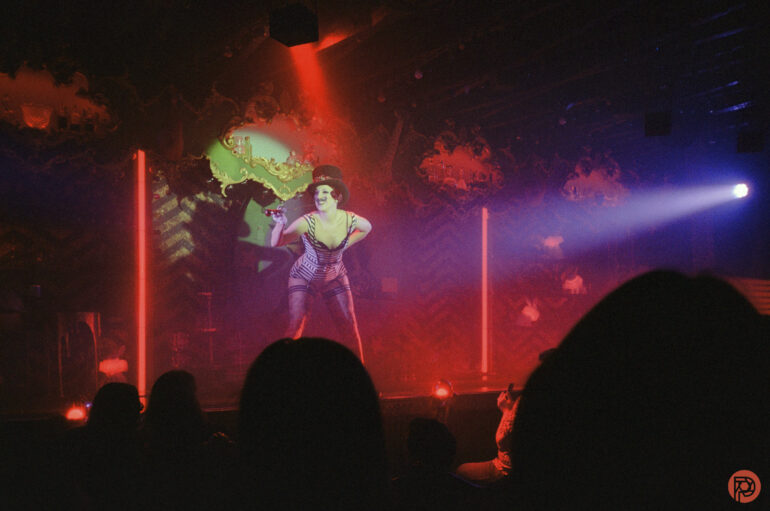

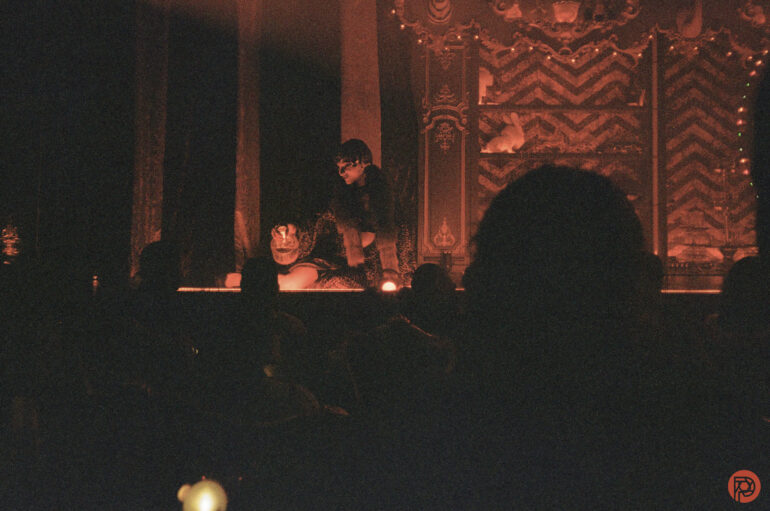
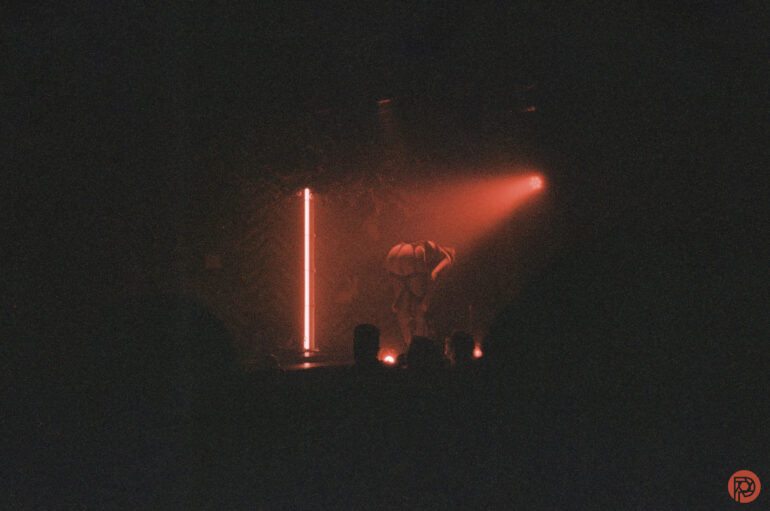
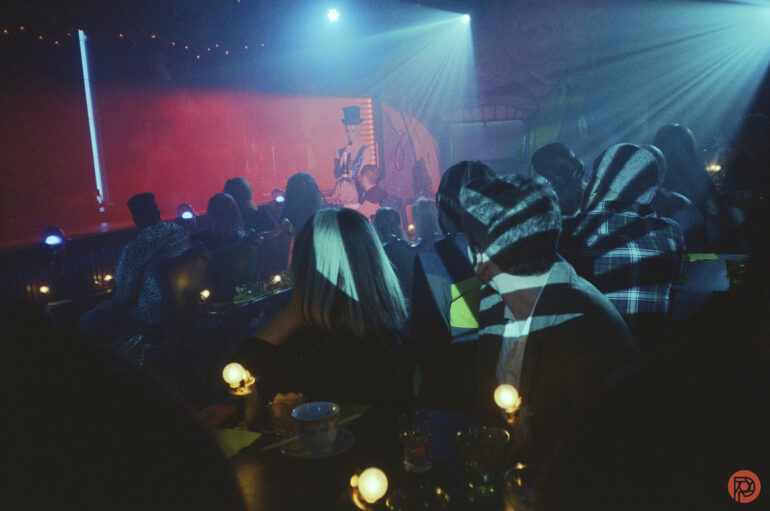
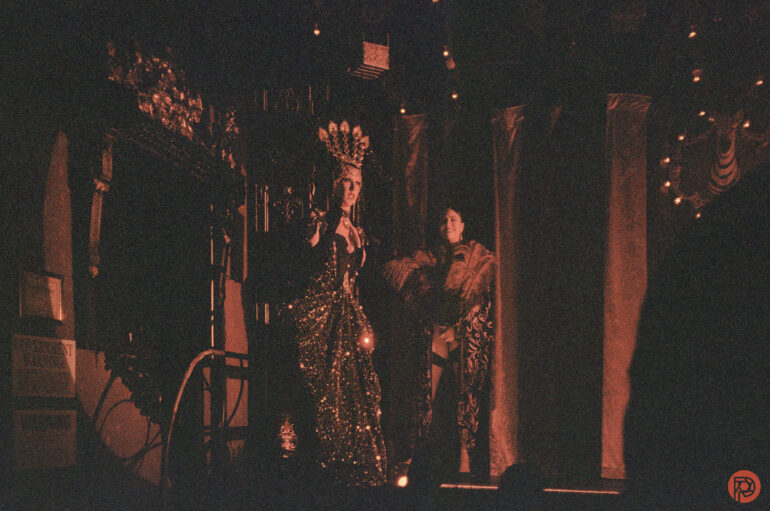

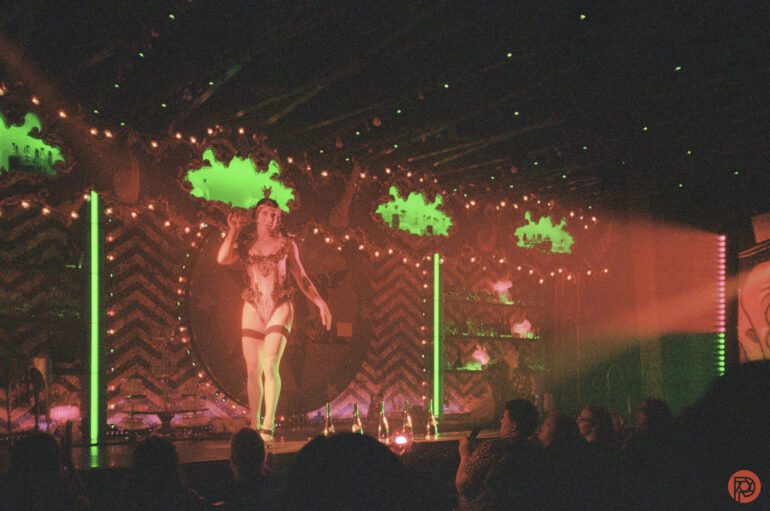
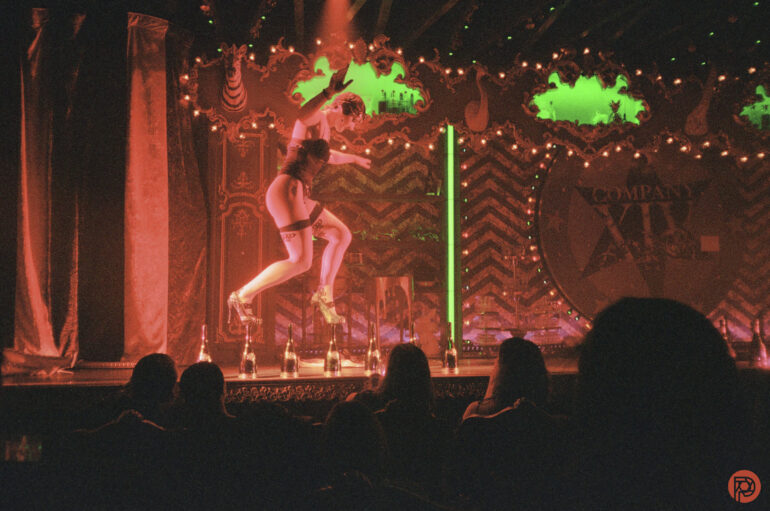
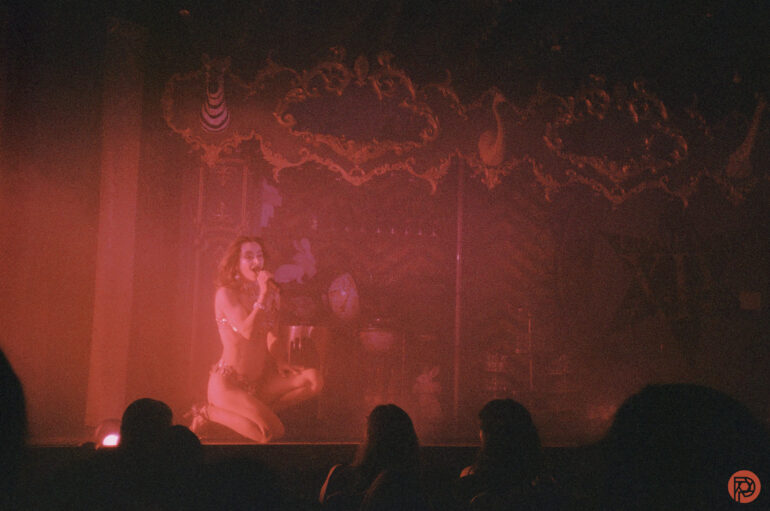
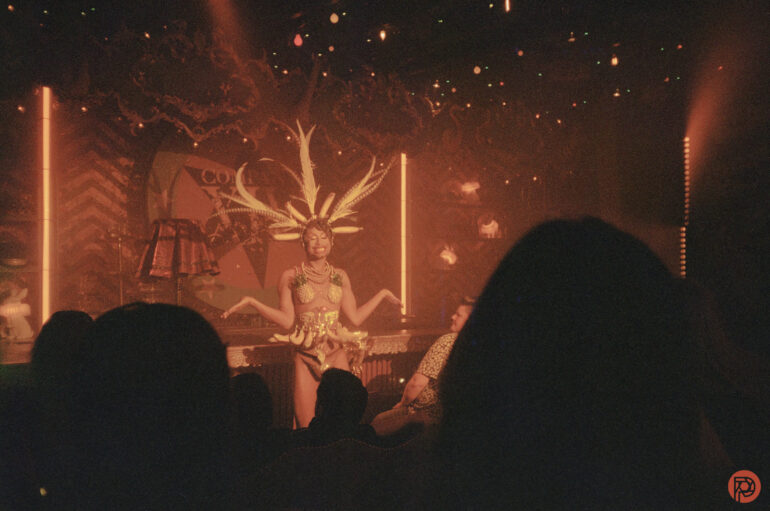
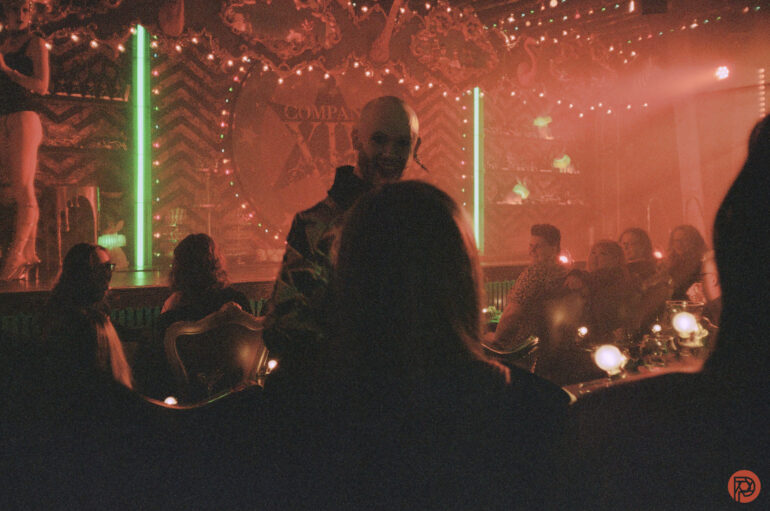
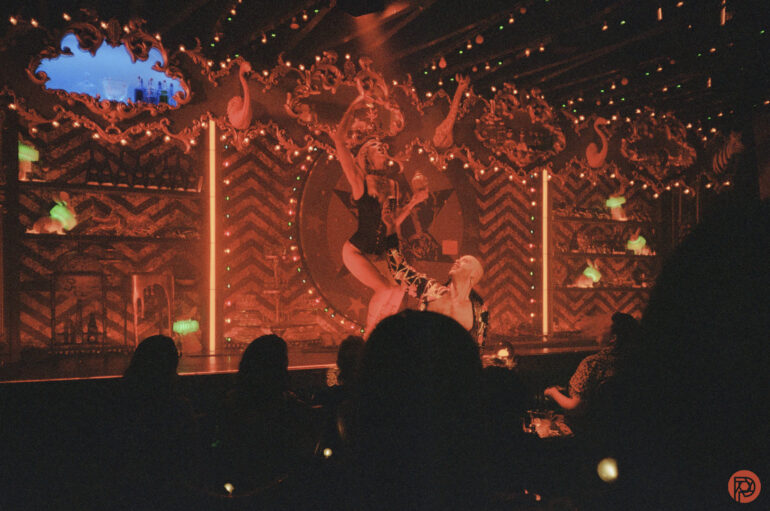

Who is the Canon Snappy LXII For?
The Canon Snappy LXII is for anyone that doesn’t mind spending a few bucks on an affordable and fun camera. If you’re shooting film just for the pure joy of it, grab this camera up. If you’re shooting film with more of an intention and a ceremonious thought process, then don’t get it. There are far better cameras on the market. We’ve reviewed a bunch, and you can find an archive of them here.
Tech Specs
The following is taken from the Canon Museum
A 35 mm single focal length compact camera featuring an extra-large, easy-to-see viewfinder. The model’s large viewfinder offers three times the viewing area found in conventional compact cameras, allowing subjects to be seen with greater ease and clarity. The feature even enables users to take pictures while wearing eyeglasses as the entire image area can be viewed up to a distance of two centimeters from the viewfinder. A Mode Dial, located on the face of the camera, consolidates all of the operation functions at the user’s fingertips. The camera has a stylishly designed sleek black body and features the Canon logo in raised silver letters. This is the sixth model of the Canon BF (Big Finder) series, the first of which was launched in 1991. Cumulative production of the BF series has already surpassed the 10-million unit mark in July,1998.


